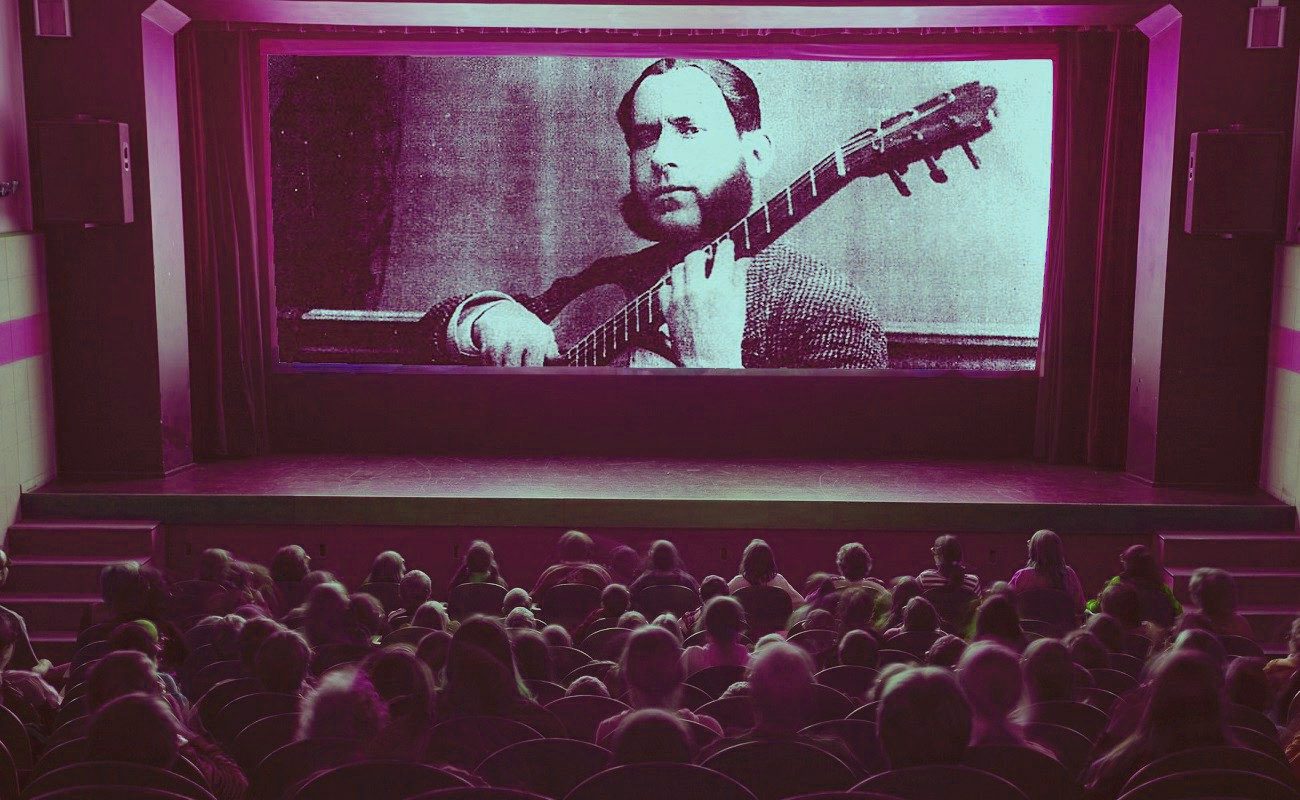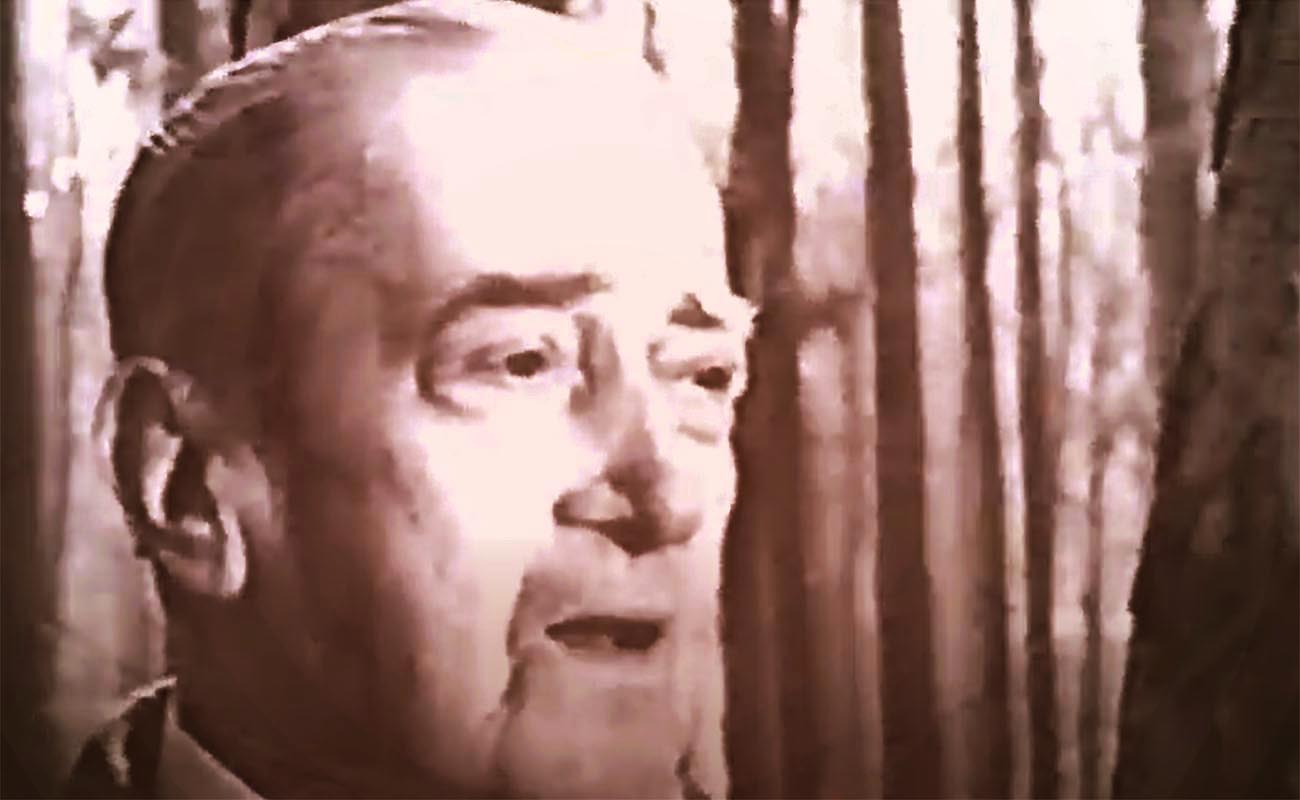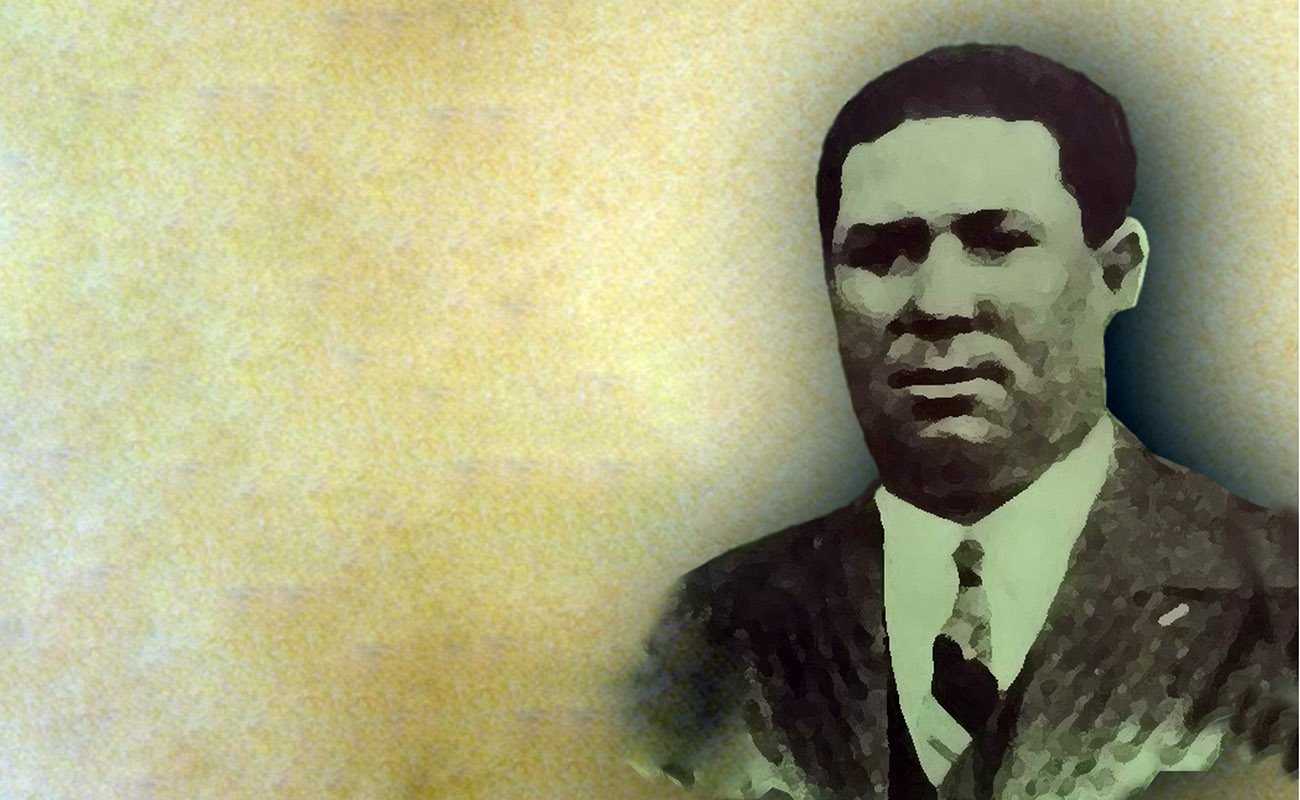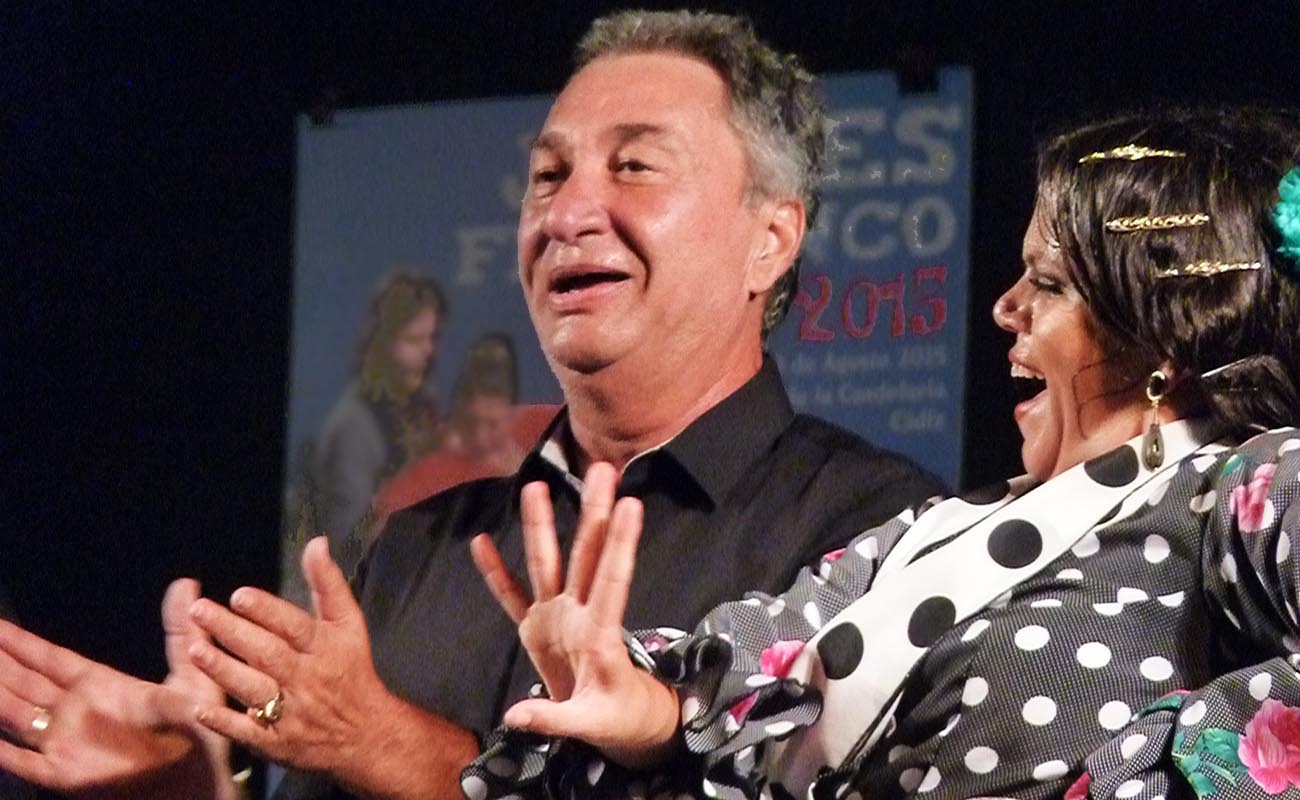Silverio and his teachers
Silverio, who wasn’t a Gypsy and who had grown up among non-Gypsy artists until he was 10 years old, is one of those important cases in the history of cante, a revolutionary who was only questioned in his time by fanatics of 'gitanismo'. As time went by, he started being questioned by artists and flamencologists who never did any serious

Many years ago, I attended a lecture by Antonio Mairena at Peña Niño Ricardo in Seville’s Alfalfa district — Silverio’s birthplace — and he mentioned that Silverio had trouble being accepted by Gypsies because he was a non-Gypsy with an Italian surname. At the time, I believed that story told by Mairena, like I believed so many others, because I was just 19 years old and I barely knew anything about that mythical star of cante. Now, forty years later, I know that the opposite was true: Silverio was beloved by Gypsy artists and non-artists alike. When he was already a teenager living in Morón de la Frontera, it seems that he earned the admiration of Fillo Sr. — Antonio Ortega Heredia, from San Fernando —, so much so that Fillo Jr., Francisco Ortega Vargas, became jealous and never really got along with Silverio, who was about his same age.
Indeed, Manuel Molina, from Jerez, and Curro Dulce, from Cádiz, two of the leading cantaores of that time, the 1850s, also shared the admiration of Fillo Sr. towards that non-Gypsy cantaor from La Alfalfa. No one could criticize Silverio in the presence of those two giants of cante without getting in trouble. And we can’t forget how the Ortegas from Cádiz adored Silverio, particularly Enrique Ortega Díaz El Gordo, father or Enrique, Gabriela and Francisco Ortega Feria. That friendship and admiration was so strong that Silverio wrote these famous lyrics attesting to it:
Por Puerta Tierra no quiero pasá
porque me acuerdo de mi amigo Enrique
Y me echo a llorá.
I don’t want to go to Puerta Tierra
Because then I remember my friend Enrique
And I start to cry
Antonio Mairena knew all this, but all he said was that Silverio learned everything from Gypsies, when this was not the case. Born in Seville in 1831, Silverio lived in Seville’s historic downtown for at least ten years and he was a neighbor of the actor Dardalla, of the bolero dancer Manuela Perea La Nena, of the celebrated Amparo Álvarez La Campanera, of Enrique Prado El Peinero, of the bolero master Félix Moreno Rodríguez, of Miguel de la Barrera and of many other non-Gypsy artists. I envision the child Silverio closer to the bolero academies, that is, to Seville’s dance scene, than to the forges of San Roque or Triana. How much wouldn’t Silverio have learned in those academies or in the private parties of his neighborhood before he moved to Morón? It’s unthinkable that an 8- or 10-year-old child would cross the bridge and go the parties at Cava de Triana where Fillo, Josefa, Antonio Cagancho and other Gypsy artists performed.
In a well-known 1922 interview of José Ortega Morales —son of Enrique Ortega Feria, the famous singer of seguiriyas from Cádiz — he clearly stated the Silverio was the foremost singer of seguiriyas of his time, according to his father. Thus, Silverio, who wasn’t a Gypsy and who had grown up among non-Gypsy artists until he was 10 years old, is one of those important cases in the history of cante, a revolutionary who was only questioned in his time by fanatics of gitanismo. Oddly, as time went by, he started being questioned by artists and flamencologists who never did any serious research, such as Mairena o Ricardo Molina, and later by José Manuel Caballero Bonald who called him coplero — a mere singer of ballads, instead of cantaor — in a lecture at the University of Seville.
Translated by P. Young




